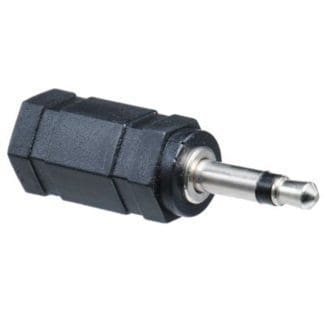Article by Hugh Via with references from About.com/Small Business
Digital voice recordings can be archived longer than tape. And you can’t feed a tape into a PC. You have to pick and choose carefully, however, to be sure you select a digital voice recorder that has all the capabilities your transcription business needs. Is digital dictation all you need or do you need a digital voice recorder with transcription capabilities? Here is a guide to digital voice recorder features to help you make the right choice.
Digital Voice Recorder Recording Time
There are digital voice recorders that boast of hundreds of hours of recording time. General recording time numbers, however, always have to be taken with a grain of salt. The higher the quality of the recording, the fewer hours of recording time will be available. Be sure to check how long you can record in high quality mode, because this is the quality of recording voice-to-print or voice recognition software will need for transcription. Let your dictators know that they should always use the highest quality available on their recorders as this will translate into much easier work for you. The best results will always come from the “professional” line of digital recorders. The major providers of these professional recorders are Sony, Philips and Olympus. Each manufacturer produces high quality recorders with features that are important for users that rely on their recorders on a daily basis.
Digital Voice Recorder Data Storage
For business purposes like legal offices, it’s handy to have a digital voice recorder that can handle more than just voice files. Digital voice recorders with USB mass storage class support can store other types of files, such as documents and images, as well as audio. Another aspect of data storage to look for is the ability to organize your files. For file management purposes, be sure that the digital voice recorder will store voice data in a minimum of three separate folders.
Digital Voice Recorder Recording Features
Look for a digital recorder transcriber with a full range of features to make managing your recording tasks easier. Does the digital recorder have voice activation, for instance, which stops recording automatically whenever there’s a period of silence, or include cue/review features that make it easier for you to find the section of the recording you want to play back? Does the digital recorder have an LCD display and what information is displayed?
Digital Voice Recorder Connectivity
PC connectivity is a feature that the most inexpensive digital voice recorders don’t have – but something seen as a must-have for professionals. Most digital voice recorders that do allow you to transfer voice data to a PC use a USB interface. The accepted preference is for a digital voice recorder that plugs directly into the computer’s USB port, but some digital voice recorders use docking stations and USB cables. This last option is great if you want the recordings to “offload” automatically when the unit in placed in the docking station. In most models the recorder is recharged while in the docking station.
Digital Voice Recorders & Transcription
If you want to be able to transcribe the voice files that you record with your digital voice recorder, you will have to have some type of software that will facilitate the transcription process. Some digital voice recorders come bundled with voice recognition software or their own proprietary transcription software; in other cases, you will need to purchase it separately. You will also have to purchase accessories such as foot pedals and headphones if you want to use manual transcription.
Digital Voice Recorders & Special Transcription Features
If you’re going to share your digital voice recorder with your business associates or employees, look for one that allows individual user IDs. Some transcription software includes management features, such as allowing you to assign different work types to dictation, or automatically sending all your downloaded transcription to a specific e-mail address. Some higher end recorders feature bar code reading capability which can be employed to enter demographic information directly into the recorder. This information can include case number, patient ID, work types, and much more. The use of bar codes greatly reduces the incidence of errors in entering the information manually.
There are special software applications that are used to move files from the recorder to their destination on a PC or to a secretary or medical transcriptionist. GearXport is one such application that can be used to move the files to designated locations based on “rules” that are set up in the program. When used with GearPlayer, the recording file can be encrypted before being sent to protect the contents and, in the case of patient health information, meet the requirements of HIPAA and HITECH.


